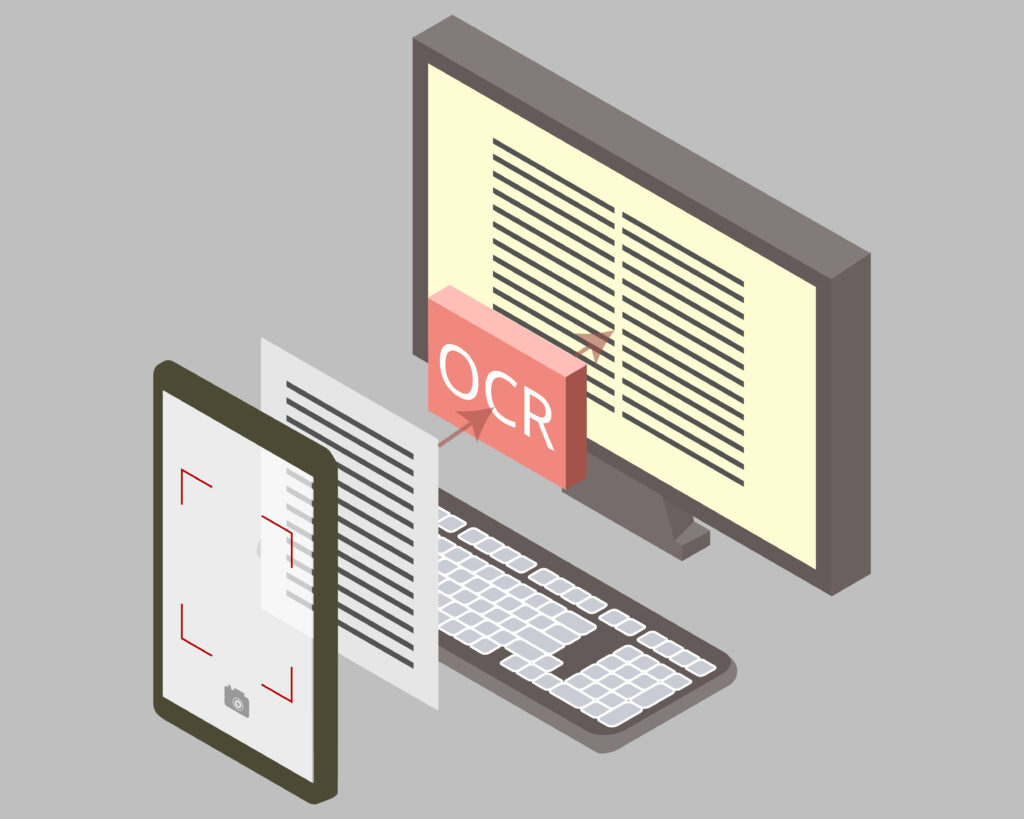In the modern workplace, the shift from physical to electronic document management systems (EDMS) has become a significant trend. This change is driven by the need for increased efficiency, better security, and reduced costs. But how do organizations successfully make this transition?
The Shift from Physical to Digital
Document management systems are essential for organizing, storing, and managing documents. They help businesses maintain order, ensure compliance, and improve overall productivity. With electronic systems, these benefits are amplified, providing a seamless way to handle vast amounts of information.

Importance of Document Management Systems
The importance of DMS cannot be overstated in today’s business environment. These systems provide a centralized repository for documents, eliminating the need for physical storage space and reducing the risk of misplaced or lost files. Moreover, DMS enhance collaboration among team members by enabling seamless sharing and editing of documents in real-time.
Transitioning from Physical to Digital Systems
Traditional physical document management poses several challenges for organizations. Storing and retrieving paper documents can be time-consuming and labor-intensive, leading to inefficiencies and delays in decision-making processes. Additionally, physical documents are susceptible to damage, theft, and loss, compromising data integrity and security.
DMS provides numerous advantages over traditional systems. Electronic documents can be accessed from anywhere at any time. Advanced encryption and access control mechanisms ensure data security. Physical storage needs are greatly reduced, and document retrieval processes are streamlined. Moreover, EDMS can help organizations comply with legal and regulatory requirements more effectively.
Preparing Your Team for the Change
Transitioning to a digital document management system involves a cultural shift. Prepare your team by explaining the benefits, providing training, and addressing any concerns they may have. This preparation is key to a smooth transition.
The migration of existing data from physical to electronic formats can be a complex and challenging process. Organizations must carefully plan and execute data migration activities to minimize the risk of data loss or corruption. Begin the transition by digitizing your physical documents. This process involves scanning paper documents and converting them into electronic formats.
Overview of Navetika DMS Features
Navetika Document Management System (AtlasDM) is at the forefront of digital transformation, offering a comprehensive suite of features designed to streamline document management processes. Among its key features is the email document importing functionality, which simplifies the document ingestion process by allowing users to send documents directly to the software via email. This eliminates the need for manual uploading, saving time and reducing the likelihood of errors.
Streamlining Document Ingestion with Email Import
Navetika DMS’s email import feature acts as a beacon of efficiency, enabling users to effortlessly import documents into the system with a few simple clicks. Instead of navigating through complex interfaces or dealing with cumbersome file transfer protocols, users can simply attach the documents to an email and send them to a designated email address linked to the software. The documents are promptly imported into the system, ready for processing and categorization, thus streamlining the document ingestion process and minimizing manual intervention.

Enhancing Accessibility with Multilingual OCR
Another standout feature of Navetika DMS is its Multilingual Optical Character Recognition (OCR) technology, which empowers organizations to convert scanned documents into editable and searchable files. By leveraging OCR technology, Navetika DMS can recognize characters within scanned images, transforming physical documents into digital text with remarkable accuracy. What sets Navetika’s OCR apart is its support for over 120 languages, ensuring compatibility with diverse document types and linguistic preferences.
Improving Search Functionality with OCR
Navetika DMS’s robust search functionality is a game-changer for organizations seeking to streamline document retrieval and access. Leveraging OCR technology, the software extracts text from scanned documents, making them searchable based on their content. Whether it’s Word documents, Excel spreadsheets, PDF files, or other file formats, users can easily locate specific documents by entering keywords or phrases into the search bar. This searchable document archive underscores Navetika DMS’s commitment to enhancing user experience and facilitating efficient information retrieval.
Conclusion
Transitioning from physical to electronic document management systems is a strategic move that offers numerous benefits, including improved efficiency, enhanced security, and reduced costs. By carefully planning and executing the transition, organizations can streamline their document management processes and stay competitive in the digital age.
